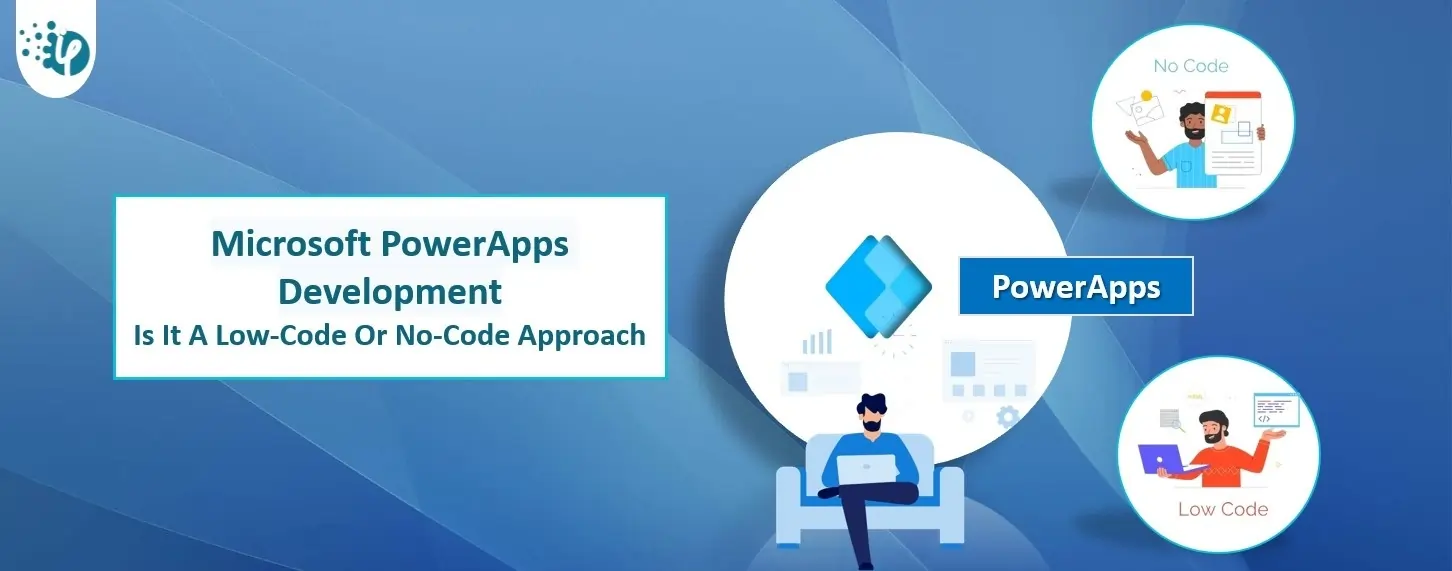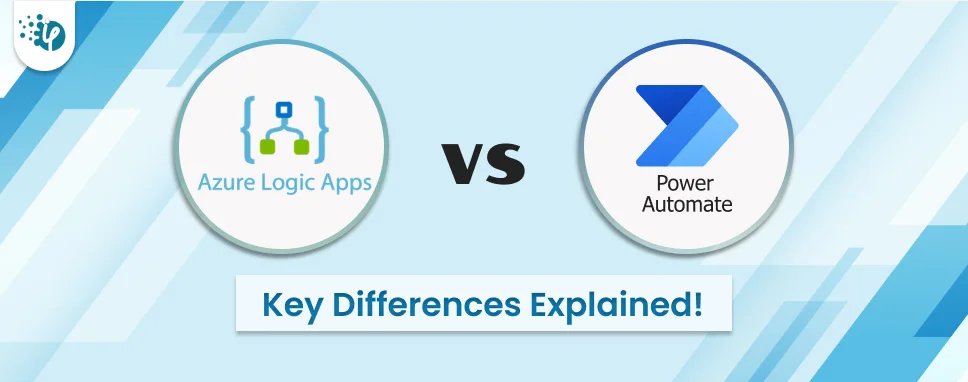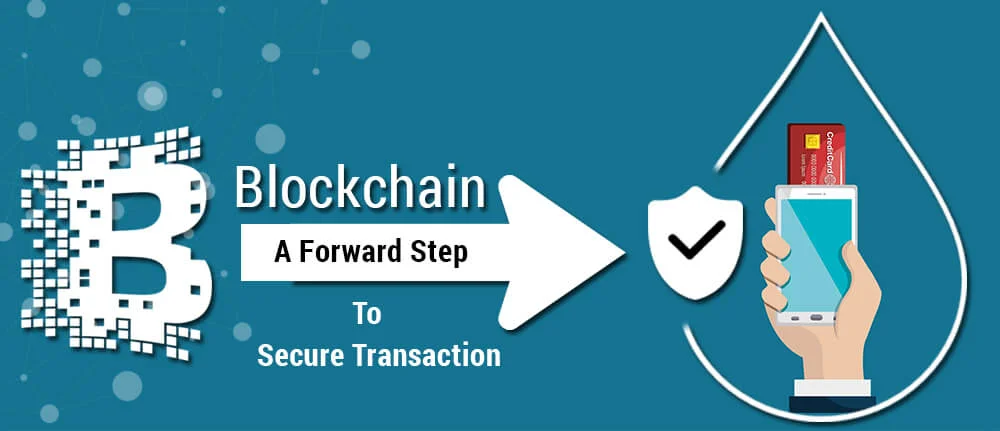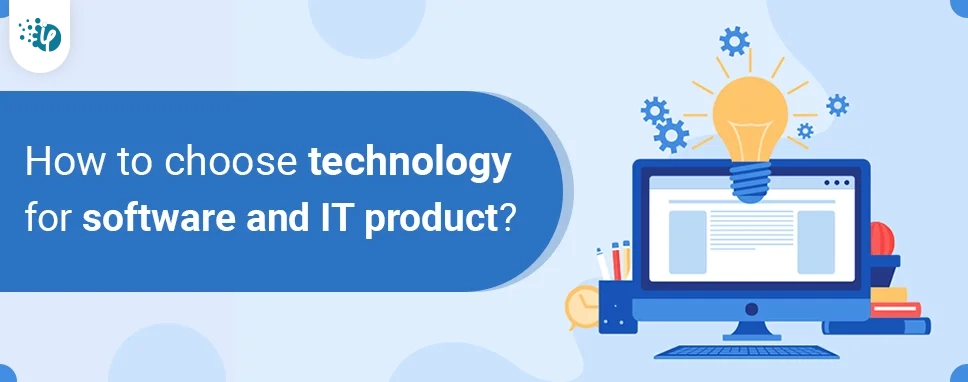Logic Apps vs Power Automate: 15 Key Differences Explained
Automating processes is crucial for the smooth running of business, whether it is in Legal, healthcare, transport, or Fintech. Several options are accessible to do this. But which...
Listening is fun too.
Straighten your back and cherish with coffee - PLAY !

Microsoft PowerApps has become the preferred digital solution, particularly for non-tech clients. It is a simple and easy-to-use app development platform that does not require much coding and can help you create personalized apps effortlessly with drag-and-drop capabilities.
Microsoft Power Apps consulting service is a tangible solution for businesses that seek quality applications on schedule. It's a platform that streamlines conventionally difficult procedures without requiring different levels of coding techniques.
With all this clarification, still, a common question arises whether PowerApps is a no-code development platform or a low-code development platform.
Let’s move further and explore it in detail.
Before we delve into the world of Microsoft PowerApps, it’s important to have a basic knowledge of what exactly is low-code and no-code development approaches.
Low code application development is an approach to developing custom applications with minimal manual coding efforts.
Low-code application development is a modern approach to custom application development that requires minimal manual coding efforts. What’s more interesting about these platforms is they do not use complex coding languages. Instead, they offer visual interfaces with drag-and-drop functionality, and automation to build apps.
No code application development approach is something that takes simplicity to the next level. Using this approach, you can build fully functional business applications without writing a single line of code.
No-code development has gained tremendous popularity in the last 5-6 years and has been the favorite for pro experts such as Business Analysts, SCRUM masters, and project managers. These platforms are suitable for various use cases, such as mobile applications, web applications, back-office apps, and more importantly, workflow management.
Both low code and no code share a common goal: to democratize app development. They aim to empower a broader audience, from business professionals to citizen developers, by providing tools and platforms that simplify the traditionally complex process of creating applications.
Microsoft PowerApps has caught remarkable traction in the last 2-3 years. This low-code development platform has been in trend due to its simplicity and user-friendly features that allow bespoke app development with drag-and-drop functionality. What’s so amazing about this tremendous platform is that it allows both seasoned as well as citizen developers (no-tech experts) to build applications with minimal coding efforts. No matter which industry one belongs to, individuals with varying technical proficiency can make the most out of this low-code development platform.
The platform generally uses a low-code approach, allowing users to quickly design and deliver business apps without depending only on traditional programming, while some coding may be needed for particular connectors or complicated functionality.
Another important aspect of the Microsoft PowerApps Development platform is the platform’s seamless connectivity with other Microsoft services like OneDrive, Word, Excel, PowerPoint, and SharePoint, and it is easy to connect with cloud services like SQL, Dropbox, and Google Drive.
Microsoft PowerApps is a low-code development platform, not a no-code platform.
Despite enabling users to build applications with minimal coding expertise, it doesn't eradicate the need for code completely. Users might find themselves writing code, especially when integrating with other services or scaling up their applications.
PowerApps operates on a functional expression language named PowerFx, distinct from traditional programming languages such as C#.
While primarily tailored for non-technical users, it's crucial to grasp that there are limitations in customization and scalability compared to full-stack application development within the PowerApps framework.
PowerApps, a low-code application development platform, streamlines custom business app development, effortlessly connecting with data in Dynamics 365, SQL Server, Microsoft 365, and other platforms. With advantages such as rapid app development, AI capabilities, secure infrastructure, reduced IT costs, and user-friendly UIs, PowerApps stands out in the crowd.
Despite being recognized for its simplicity and drag-and-drop interface, PowerApps also have certain limitations like licensing, costs, device support, and platform dependence. However, eliminating the need for coding experience is an exceptional feature of this no-code application development platform.
It effortlessly connects with Microsoft services like Excel, OneDrive, and SharePoint, as well as cloud services such as SQL, Google Drive, and Dropbox. PowerApps caters to both web and mobile app development and is embraced by 86% of Fortune 500 companies.
When we talk about other low-code development platforms, Mendix immediately springs to mind. It's an amazing platform with capabilities that are easier to use compared to Microsoft PowerApps.
PowerApps, a popular low-code platform, faces competition in the market. To compare it with Mendix, considering factors like usability, scalability, security, and integration is crucial:
Given below are some other insights that differentiate Microsoft Power Apps from other low-code app development platforms:
In a nutshell, PowerApps and Mendix each have unique strengths and considerations. The choice depends on budget, organizational needs, and your core preferences. Thoroughly evaluating features, pricing, and support resources is critical to make informed business decisions.
Microsoft PowerApps Development approach is a preferable approach for non-tech clients and citizen developers. It is a simple app development platform with seamless drag-and-drop functionality, and it does not require substantial coding for personalized app development. In this blog, we looked at the fundamentals of low-code development and no-code development approaches. Then we explored the benefits of each and their suitability in the kinds of business.
Next, we explored what distinguishes Microsoft PowerApps from other low-code development platforms considering factors like usability, security, integration, and scalability.
I hope this blog has provided you the key insights on Microsoft Power Apps development and clarified why it is a leading low-code development platform.

Automating processes is crucial for the smooth running of business, whether it is in Legal, healthcare, transport, or Fintech. Several options are accessible to do this. But which...

What is Blockchain Security is paramount in financial transactions. Software outsourcing companies have witnessed that cyber breaches are advancing at a higher rate than...

Despite having abundant options in the market, picking the right technology stack for a software development project is still a challenging task. As you delve deeper into the array...